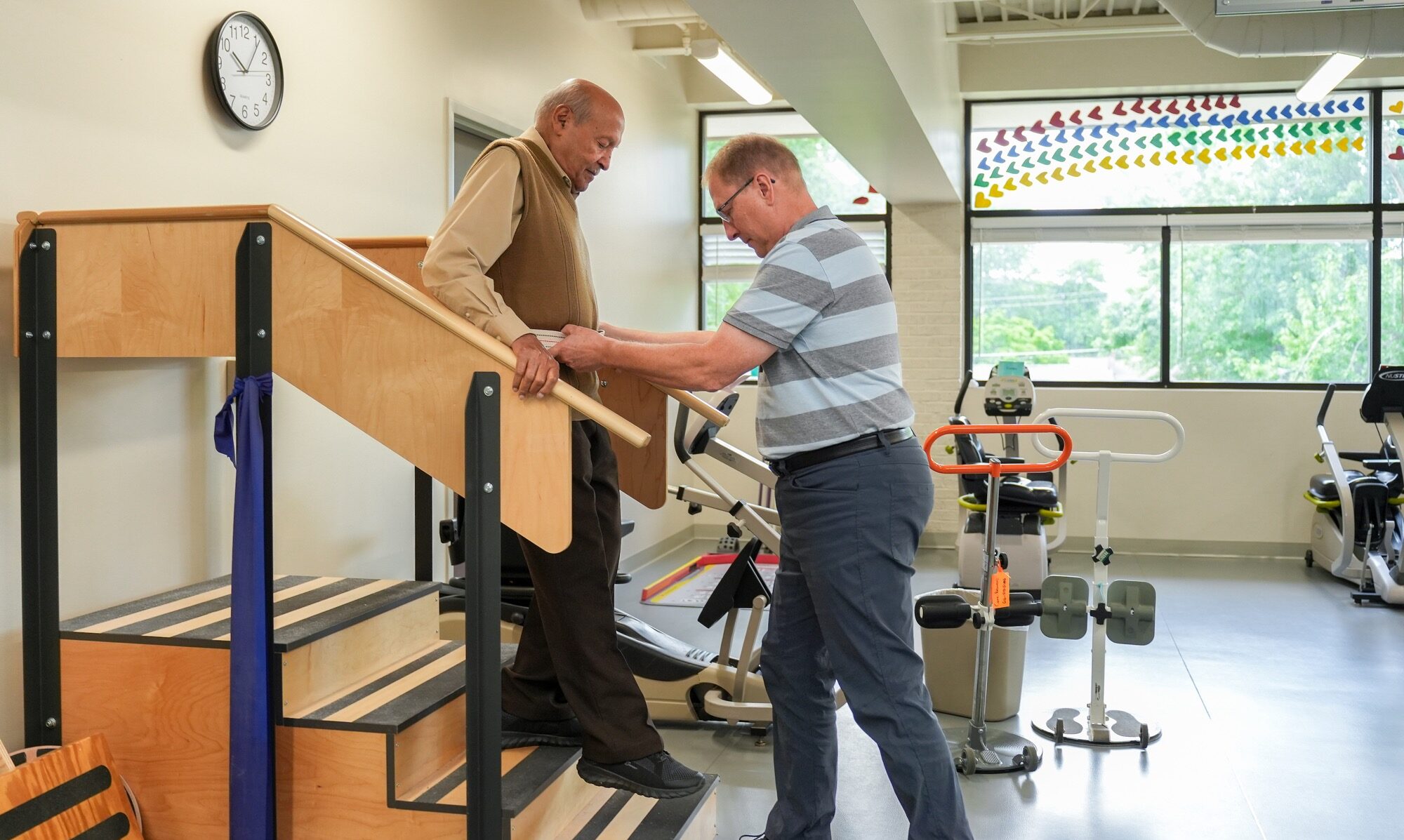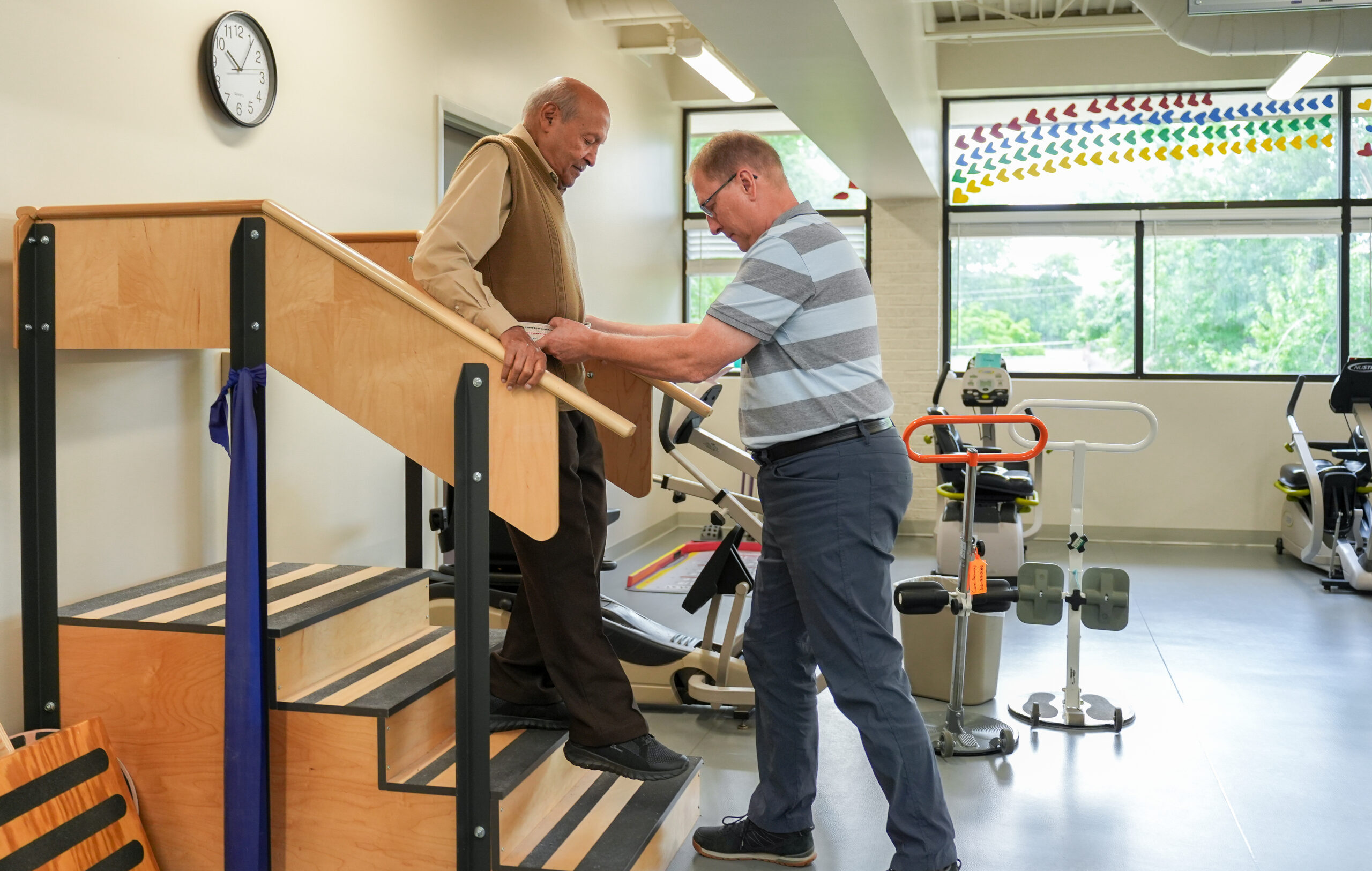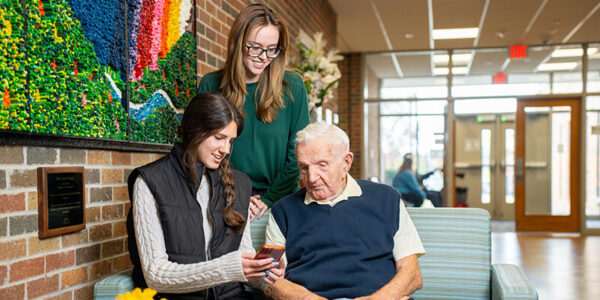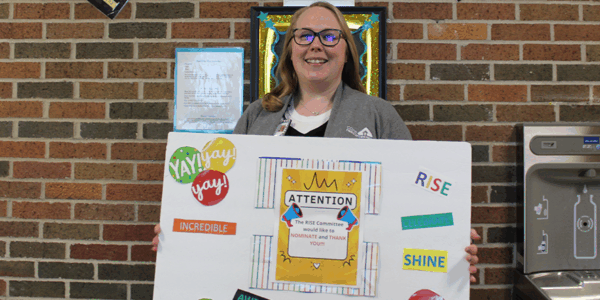While it’s no secret physical activity is one of the most important ways to maintain good health, fitting in regular movement is easier said than done, especially as we age.
To make exercise more accessible, “exercise snacking” is growing in popularity for older adults in particular. The idea is to incorporate small bursts of activity into your everyday routine.
These “snacks” of activity can involve movement that already occurs in your daily life – things like getting up and down from a chair multiple times or doing weight shifts while washing dishes.
“This is what I like to call the ‘little bit a lot’ approach,” says Peter Vander Weide, a physical therapist at Care Resources in Grand Rapids who has been a clinical specialist in geriatric physical therapy for 20 years. “You’re more likely to do it because you don’t consider it a formal exercise program. Rather, you’re just doing a little more activity than you normally do each day. It’s a mental shift.”
To learn more about exercise snacking and how it can lead to significant health gains, read the full article here.
Last updated 04.14.2025 I H5610_WEB




